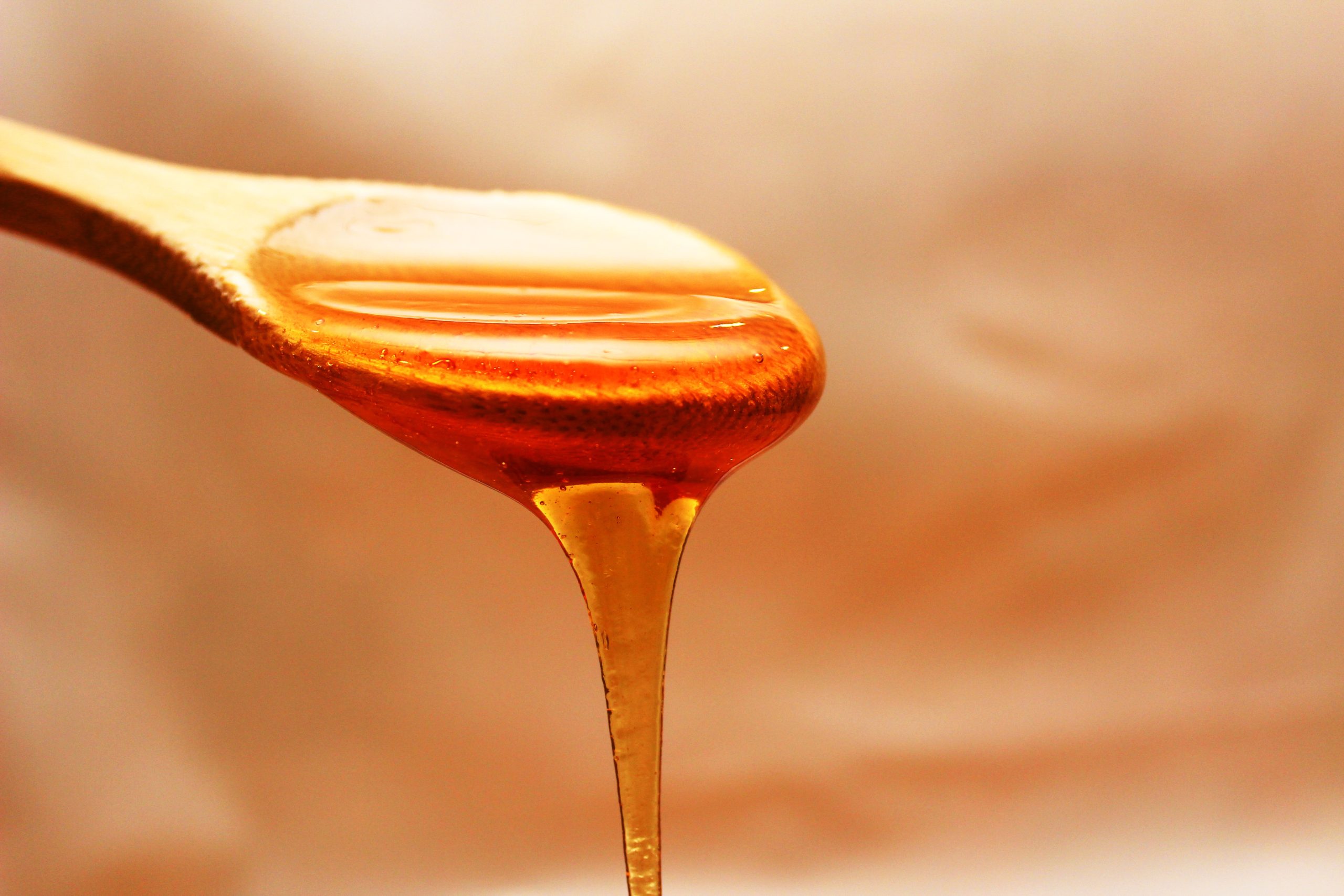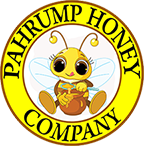
Antibacterial Power
There’s no doubt honey has the antibacterial power to kill bacteria.
Studies have shown that it is effective against dozens of strains, including E. coli and salmonella. A specific type of honey from New Zealand, called manuka honey, along with Malaysian Tualang honey, has been shown to fight staph and the digestive bacteria responsible for peptic ulcers, H. pylori.
What makes honey Antibacterial? Most bees deposit hydrogen peroxide into the honey as they synthesize flower pollen. Add that honey is naturally acidic, and you have a recipe for antibacterial properties.
That would explain honey’s centuries-old role in speeding wound healing and treating gastric complaints. Sure enough, modern science has shown honey’s effectiveness in treatment of ulcers, bed sores, burns, skin sores and inflammation. Honey has even been known to heal wounds that don’t respond to antibiotics, although care must be taken to be sure the honey itself is free of contaminants.
Science has also found that darker, more concentrated honey may be more potent and that the type of plants harvested by the busy bee affects the antibacterial qualities. Although manuka and Tualang honeys have been thoroughly researched, scientists are busy looking at the properties of locally grown honey to understand its potential benefits.
